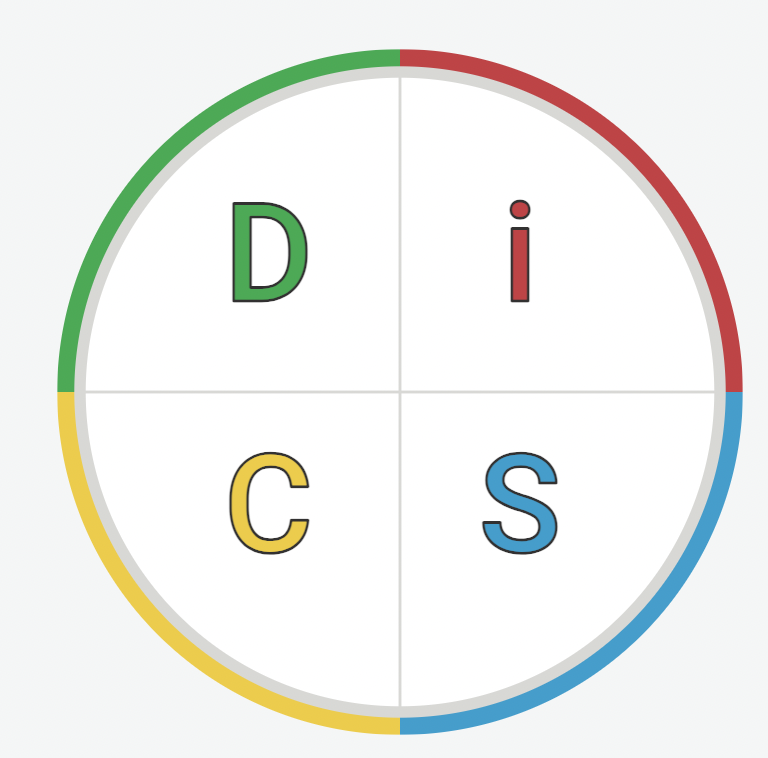10 Characteristics of a good leader
No matter how much or how quickly the world changes — how automated or disrupted work and life become — one fact remains: outstanding leaders create a positive path forward for us all. But what does good leadership really look like?
Based upon our decades of research and experience in the field, we’ve found that good leaders consistently possess certain essential qualities. Read on to learn what they are, and how to begin cultivating these 10 characteristics of a good leader within yourself, on your team, and at your organization.
- Integrity
Integrity is an essential leadership trait for the individual and the organization. It’s especially important for top-level executives who are charting the organization’s course and making countless other significant decisions. Our research shows that integrity may actually be a potential blind spot for organizations. Make sure your organization reinforces the importance of honesty and integrity to leaders at various levels.
- Delegation
Delegating is one of the core responsibilities of a leader, but it can be tricky to delegate effectively. The goal isn’t just to free yourself up — it’s also to enable your direct reports to grow, facilitate teamwork, provide autonomy, and lead to better decision-making. The best leaders build trust on their teams through effective delegation.
- Communication
The best leaders are skilled communicators who are able to communicate in a variety of ways, from transmitting information to inspiring others to coaching direct reports. And you must be able to listen to, and communicate with, a wide range of people across roles, geographies, social identities, and more.
- Self awareness
While this is a more inwardly focused trait, self-awareness and humility are paramount for leadership. The better you understand yourself and recognize your own strengths and weaknesses, increasing your self-awareness, the more effective you can be as a leader.
- Gratitude
Being thankful can lead to higher self-esteem, reduced depression and anxiety, and better sleep. Gratitude can even make you a better leader. Yet few people regularly say “thank you” in work settings, even though most people say they’d be willing to work harder for an appreciative boss. The best leaders know how to demonstrate sincere gratitude in the workplace.
- Learning agility
Learning agility is the ability to know what to do when you don’t know what to do.
If you’re a “quick study” or are able to excel in unfamiliar circumstances, you might already be learning agile. But anybody can foster learning agility through practice, experience, and effort.
- Influence
For some people, “influence” feels like a dirty word. But being able to convince people through logical, emotional, or cooperative appeals is an important trait of inspiring, effective leaders. Influence is quite different from manipulation, and it needs to be done authentically.
- Empathy
If you show more inclusive leadership and empathetic behaviors towards your direct reports, our research shows you’re more likely to be viewed as a better performer by your boss. Plus, empathy and inclusion are imperatives for improving workplace conditions for those around you.
- Courage
It can be hard to speak up at work, whether you want to voice a new idea, provide feedback to a direct report, or flag a concern for someone above you. That’s part of the reason courage is a key trait of good leaders. Rather than avoiding problems or allowing conflicts to fester, courage enables truth-telling so leaders can step up and move things in the right direction.
- Respect
Treating people with respect on a daily basis is one of the most important things a leader can do. It will ease tensions and conflict, create trust, and improve effectiveness. Respect is about more than the absence of disrespect, and it can be shown in many different ways, but often starts with being a good listener.
Source: Center for creative leadership
“Leadership is the capacity to translate vision into reality”.
– Warren Bennis
Did you know this about disc?
DiSC is an assessment that aids with effective communication




